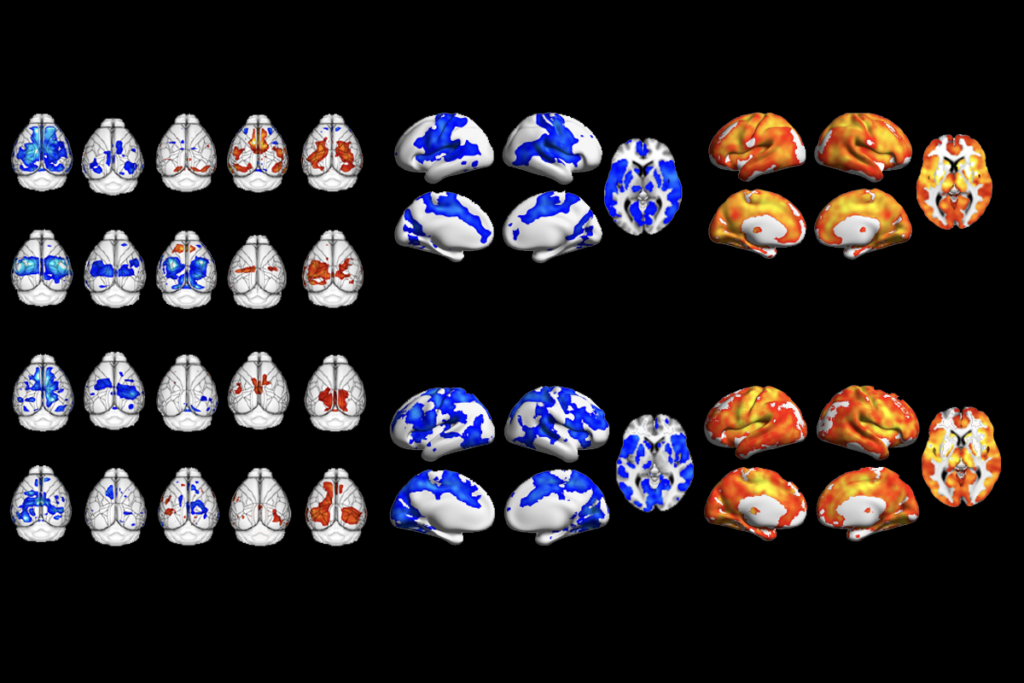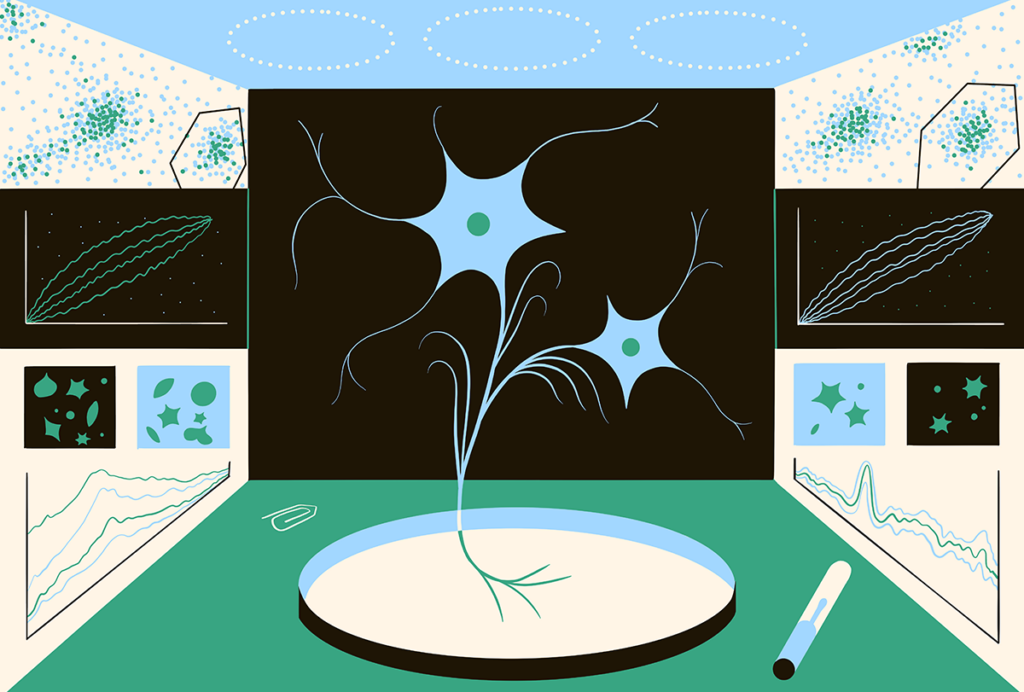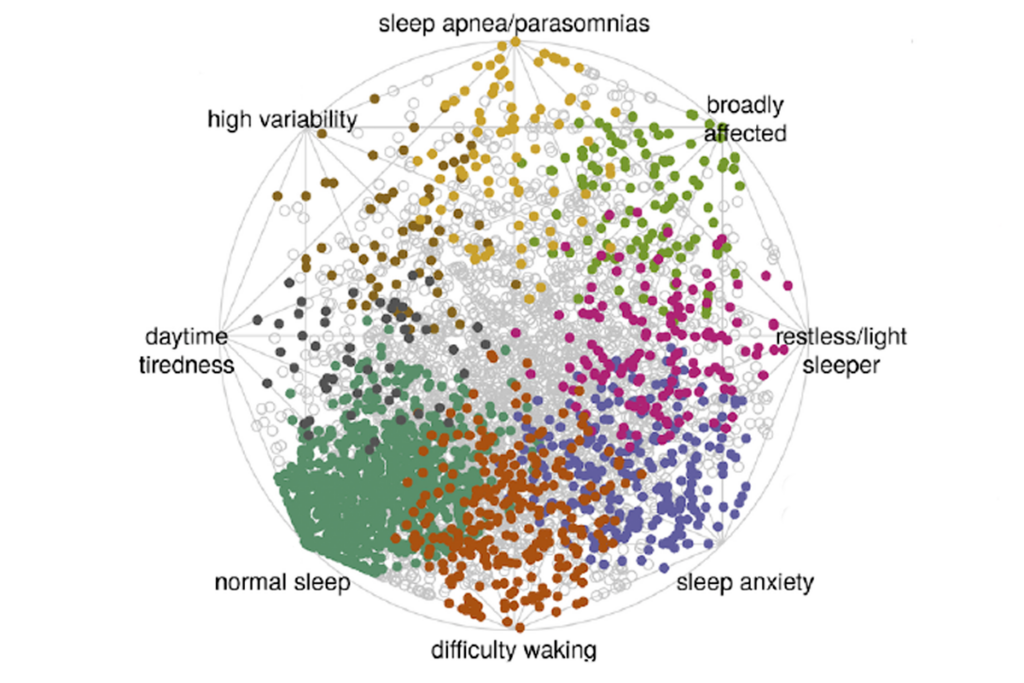Coloring book
Sebastian Seung invites an online community of citizen scientists to revolutionize neuroscience by mapping connections between the brain’s neurons.
The quest to map the mind will be a long and rewarding journey. We are taking the first step with EyeWire — an online community of citizen scientists working together to revolutionize neuroscience by mapping connections between the brain’s neurons.
Neuroscientists have long speculated that the properties of your mind, from memories to mental disorders, are encoded in your unique pattern of neural connections. Having access to connection maps, or connectomes, would finally reveal whether such speculations are correct.
EyeWire’s first target is to map the retina, a compact and beautifully organized structure at the back of the eye. With this map, we will begin to discover how the retina helps us perceive the visual world. The results may have practical impacts as well, for example by aiding the development of treatments for blindness.
Mapping neural connections turns out to very time-consuming, so we’ve tried to make it fun. EyeWire is a relaxing yet challenging game in which players color three-dimensional (3D) images of the retina. (The coloring book itself is created from electron microscopy images of slices of retinal tissue, which are computationally stitched together into a 3D block.)
If we all play together, we will make the retina the first neural circuit mapped by an online community.
Today is a big day for EyeWire. ‘J-Day’ kicked off a campaign to map the connections of the J cell, a type of neuron in the retina. The story of the J cell began in 2008, when a Harvard University team of researchers genetically engineered a mouse in which one type of neuron in the retina fluoresces. (See this spectacular image of the result.) The neurons were named ’J cells’ because they contain a molecule called JAM-B.
J cells are easily recognizable by their distinctive shape: Their dendrites — long fingers that connect to other cells — point downward along the retina, rather than extending in all directions around the cell body. The researchers also found that J cells become active when presented with visual stimuli that move downward on the retina (upward in the world).
It’s still not clear how that happens, and this question is part of a classic problem in neuroscience for the past 50 years: How do brains perceive visual motion?
The goal of the J campaign is to map a neural circuit that extends from the photoreceptors, which sense light, to the J cells, which detect motion. Once we map some J cells, EyeWire will focus on identifying the types of neurons that are directly connected to J cells. This will be important for understanding how the circuit functions.
If it is successful, the same approach could be used to study animal models of specific diseases. We could explore, for example, how knocking out autism-related genes affects neural circuits.
Many have speculated that autism is caused by a connectopathy, some abnormal pattern of neural connectivity. We would like to mobilize the public to search for a connectopathy in some mouse model of autism. At this early stage, we welcome suggestions from the autism community about our scientific plan.
Please join us to revolutionize neuroscience. This is just the beginning of the most exciting adventure of our time: the quest to map the brain’s connections.
Sebastian Seung is professor of computational neuroscience at the Massachusetts Institute of Technology and the author of Connectome: How the Brain’s Wiring Makes Us Who We Are.
Recommended reading

Expediting clinical trials for profound autism: Q&A with Matthew State

Too much or too little brain synchrony may underlie autism subtypes
Explore more from The Transmitter

This paper changed my life: Shane Liddelow on two papers that upended astrocyte research
Dean Buonomano explores the concept of time in neuroscience and physics

